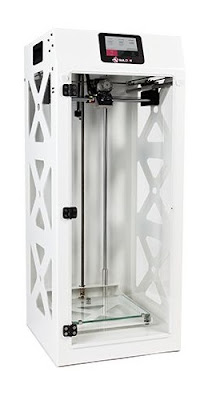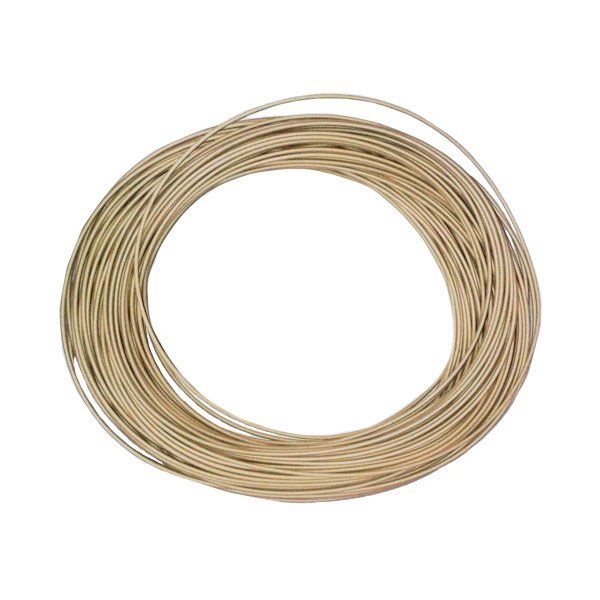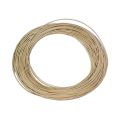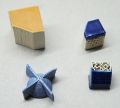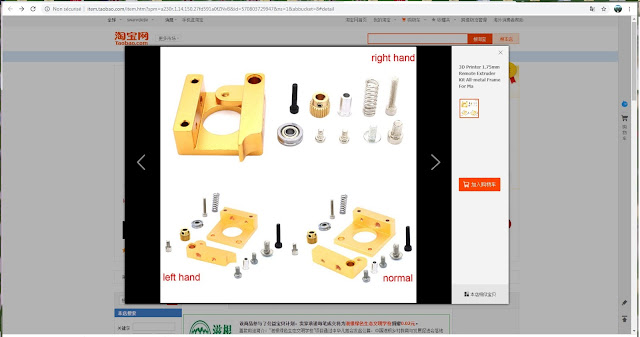Hi,
I'm a student (on a budget) who wants to build and use this in an assignment but I need some more guidance on how to actually build it and on some of the materials. I'm American and I think some of the parts listed here are British, so I'm having a little trouble trying to actually find them. It's harder for me to buy parts that are from foreign sellers like China because I'm on a deadline and they might not get here on time so I need help finding suitable alternatives. I also can't find some of the parts listed like the faucet-mounted filter or the water tap extension. Some of the materials listed are also pretty vague in specific type of part of dimensions like the steel angles, the fittings, end caps etc. I found auger bits that are as close to the one listed in the materials but they're 5/8 inches in diameter and either 18 or 17 inches in length. 17 inch one is cheaper so I want to use that one instead but I don't know how much that would affect the design or how to compensate for the differences.
If any of you could give me a thorough walkthrough of all the materials (and what exactly they're used for) and the building process it would be greatly appreciated. Much thanks.
I'm a student (on a budget) who wants to build and use this in an assignment but I need some more guidance on how to actually build it and on some of the materials. I'm American and I think some of the parts listed here are British, so I'm having a little trouble trying to actually find them. It's harder for me to buy parts that are from foreign sellers like China because I'm on a deadline and they might not get here on time so I need help finding suitable alternatives. I also can't find some of the parts listed like the faucet-mounted filter or the water tap extension. Some of the materials listed are also pretty vague in specific type of part of dimensions like the steel angles, the fittings, end caps etc. I found auger bits that are as close to the one listed in the materials but they're 5/8 inches in diameter and either 18 or 17 inches in length. 17 inch one is cheaper so I want to use that one instead but I don't know how much that would affect the design or how to compensate for the differences.
If any of you could give me a thorough walkthrough of all the materials (and what exactly they're used for) and the building process it would be greatly appreciated. Much thanks.
=
Hi,
I am glad you like this build and that you choose it for an assignment. I'm a teacher myself and I'm happy to help you with that. I am from Germany and as you, I had the same issue with different size standards when I built this extruder because most of the parts from different instructions (Lyman extruder) were US. There is also a difference between British and German pipe fittings. 1" British fitting =! 1" German fitting. That is something that triggers my everytime. Metrics and (ancient) Imperial. Same with cooking recipes. Gramm vs. Cups. When I read measurements like 1 3/4" or 0 5/64" (2mm) the hairs on my neck stand up.
Let's start with the obvious. The electronics from China. You cannot get around those electronics from China when it comes to the price. So if you have a deadline, order the PID controller right now instead of tomorrow. Or maybe there are some resellers in the US who stocked up on chinese electronics. This is what we have here in Germany. Resellers that specialized on keeping a stock of those often ordered chinese electronics. They might be slightly more expensive but the delivery is much quicker.
Faucet-mounted filter / water tap: I realized from the comments that these two parts seem to be typical for the German/EU plumbing sector. So I cannot help you with that. Sorry.
Now for the all the other materials/dimensions/length like angle, fitting, auger bit:
When I started this build, I had no material list but just the pictures from some of those pricey Extruder kits. Basically what I did was to source the parts that I thought I would need and of what was available to me.
I started with the auger and a pipe fitting and build the rest around those two parts. Most of the material I got from my local hardware store. I guess that is Lowes or home depot in the US.
Does the auger easily slide into the fitting? Check.
How much space does the auger have? Roughly 1 mm. Check. Should work.
The water tap extension can be anything that could be used to have the heater wrapped around. I just went with that because it was made out of brass and the surface was very smooth (compared to those cast steel pipings). You could source anything that has similar properties or grind and sand a standard pipe fitting to make it smooth.
In general, the whole extruder is sourced-by-availability project.
It is not important if the auger is 17 or 18". At least I cannot tell the difference. We are not doing rocket science here. The same with those angles. Grab what you think will work. Don't rely too much on instructions. Replace parts with what you think could work better. Most of the time it will work better.
Good luck and show some pictures when you'r done. I would like to hear what your lecturer/teacher says about it.
I am glad you like this build and that you choose it for an assignment. I'm a teacher myself and I'm happy to help you with that. I am from Germany and as you, I had the same issue with different size standards when I built this extruder because most of the parts from different instructions (Lyman extruder) were US. There is also a difference between British and German pipe fittings. 1" British fitting =! 1" German fitting. That is something that triggers my everytime. Metrics and (ancient) Imperial. Same with cooking recipes. Gramm vs. Cups. When I read measurements like 1 3/4" or 0 5/64" (2mm) the hairs on my neck stand up.
Let's start with the obvious. The electronics from China. You cannot get around those electronics from China when it comes to the price. So if you have a deadline, order the PID controller right now instead of tomorrow. Or maybe there are some resellers in the US who stocked up on chinese electronics. This is what we have here in Germany. Resellers that specialized on keeping a stock of those often ordered chinese electronics. They might be slightly more expensive but the delivery is much quicker.
Faucet-mounted filter / water tap: I realized from the comments that these two parts seem to be typical for the German/EU plumbing sector. So I cannot help you with that. Sorry.
Now for the all the other materials/dimensions/length like angle, fitting, auger bit:
When I started this build, I had no material list but just the pictures from some of those pricey Extruder kits. Basically what I did was to source the parts that I thought I would need and of what was available to me.
I started with the auger and a pipe fitting and build the rest around those two parts. Most of the material I got from my local hardware store. I guess that is Lowes or home depot in the US.
Does the auger easily slide into the fitting? Check.
How much space does the auger have? Roughly 1 mm. Check. Should work.
The water tap extension can be anything that could be used to have the heater wrapped around. I just went with that because it was made out of brass and the surface was very smooth (compared to those cast steel pipings). You could source anything that has similar properties or grind and sand a standard pipe fitting to make it smooth.
In general, the whole extruder is sourced-by-availability project.
It is not important if the auger is 17 or 18". At least I cannot tell the difference. We are not doing rocket science here. The same with those angles. Grab what you think will work. Don't rely too much on instructions. Replace parts with what you think could work better. Most of the time it will work better.
Good luck and show some pictures when you'r done. I would like to hear what your lecturer/teacher says about it.
